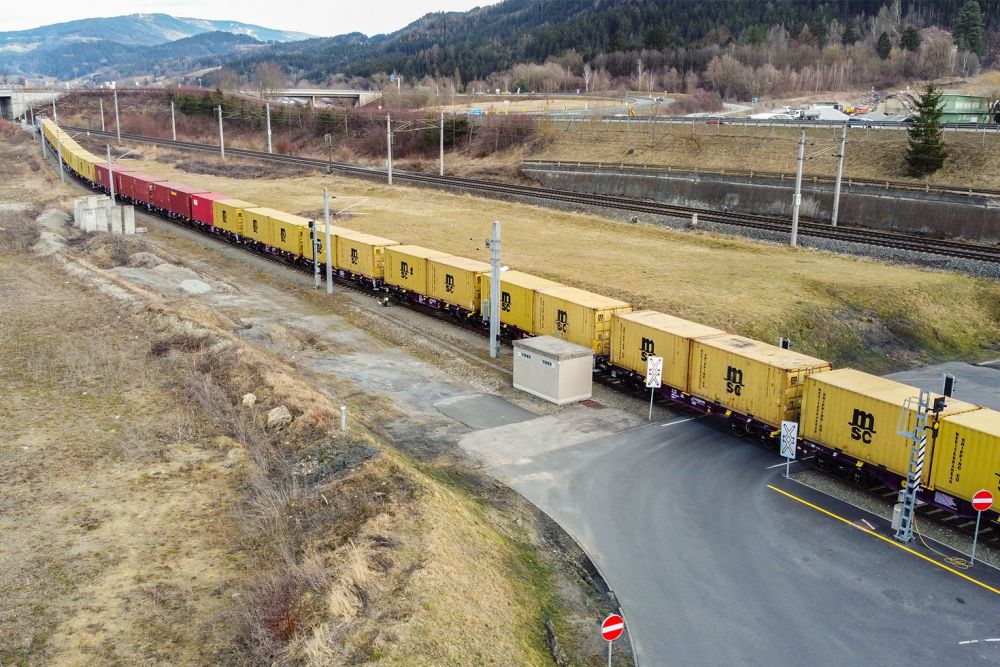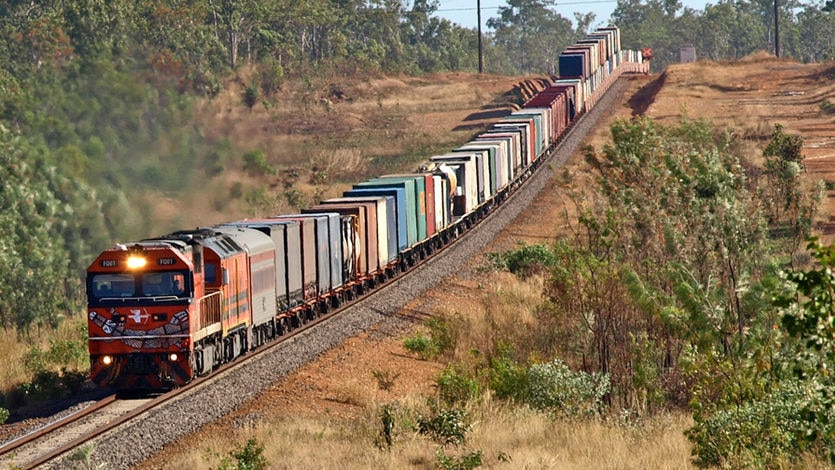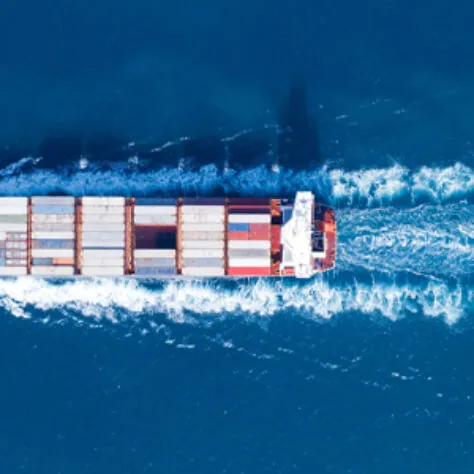Table of Contents
Finding the fastest way to ship textiles from China to Europe is crucial for apparel brands and textile importers striving to stay ahead in fast fashion and manufacturing timelines. Efficient logistics can dramatically reduce delivery time, minimize supply chain disruptions, and cut costs across the board.
Why Textile Shipping Speed Matters
Textiles are highly time-sensitive commodities. Production schedules, retail cycles, and fashion launches depend on fast delivery. Delayed shipments can cause stock shortages or missed seasonal sales windows.
Moreover, since textile value often depends on market timing, the ability to deliver within strict deadlines enhances competitiveness for both Chinese manufacturers and European distributors.
What Are the Main Transport Options from China to Europe?
Choosing between air, rail, or sea freight depends on balancing speed and cost.
| Shipping Method | Average Transit Time | Cost (USD/kg) | Key Advantage | Limitation |
|---|---|---|---|---|
| Air Freight | 3–7 days | 4.5–9 | Fastest, secure | High cost |
| Rail Freight | 12–20 days | 1.5–3 | Balanced speed/cost | Limited capacity |
| Sea Freight | 25–40 days | 0.5–1 | Lowest cost | Slow transit |
Additionally, multimodal transport (air + rail) is gaining popularity for textile shipments that need faster delivery than sea but at lower costs than air.
How Does Air Freight Ensure Speed?
Air freight is the fastest method for textile delivery between China and Europe. Major textile production hubs such as Guangzhou, Shanghai, and Hangzhou are connected to European destinations like Frankfurt, Paris, and Milan via daily flights.
- Export documents prepared.
- Cargo pickup and airport delivery.
- Customs clearance and flight departure.
- Arrival handling and final delivery.
Advantages:
- 1–2-day delivery for urgent orders.
- Real-time tracking with minimal damage risk.
- Suitable for samples, designer fabrics, or premium orders.
However, the higher cost means air freight works best for high-value or time-critical textile products.
Why Rail Freight Is the Smart Middle Ground
Rail freight via the China–Europe Railway Express has become an efficient middle option.
| Route Example | Departure | Destination | Duration | Average Cost/CBM |
|---|---|---|---|---|
| Chongqing – Duisburg | China | Germany | 16–18 days | $180–$220 |
| Xi’an – Warsaw | China | Poland | 14–16 days | $200–$250 |
| Yiwu – Madrid | China | Spain | 18–20 days | $220–$260 |
Rail is faster than sea freight and cheaper than air, making it ideal for bulk textiles that must arrive within three weeks.
Moreover, eco-friendly logistics and digital customs pre-clearance make rail shipping increasingly reliable for large-scale textile exports.

Sea Freight: Economical for Bulk Textile Orders
Sea shipping remains the most economical option for large textile shipments. It’s slower but efficient for retailers with flexible timelines.
| Container Type | Capacity | Cost (USD) | Transit Time | Suitable Cargo |
|---|---|---|---|---|
| 20ft FCL | 28 CBM | 1,300–1,800 | 28–35 days | Yarn, fabric rolls |
| 40ft FCL | 58 CBM | 2,400–2,900 | 30–40 days | Finished garments |
| LCL | Variable | 40–70/m³ | 30–38 days | Mixed cargo |
Although sea freight takes longer, improved route optimization (e.g., Shanghai–Hamburg express line) has shortened transit times by up to 5 days.

Customs and Documentation Checklist
Accurate customs documentation ensures smooth delivery.
| Document | Purpose | Issued By |
|---|---|---|
| Commercial Invoice | Declares product value | Exporter |
| Packing List | Lists fabric details | Exporter |
| Bill of Lading / AWB | Proof of transport | Carrier |
| Certificate of Origin | Confirms origin | Chamber of Commerce |
| Textile Declaration | Confirms HS codes | Exporter |
| Insurance Certificate | Risk protection | Insurer |
Additionally, for EU imports, compliance with REACH regulations and CE textile labeling standards is mandatory.
Real Case Studies
🧵 Case 1: Guangzhou → Paris (Air Freight)
- Goods: Cotton fabrics (850 kg)
- Transit Time: 4 days
- Cost: USD 5,200
- Mode: Direct air freight
- Result: Early delivery enabled a retail fashion launch during Paris Fashion Week.
🚆 Case 2: Yiwu → Warsaw (Rail Freight)
- Goods: Polyester rolls (28 CBM)
- Transit Time: 16 days
- Cost: USD 4,900
- Mode: Railway Express
- Result: On-time arrival, cutting logistics expenses by 45% vs. air freight.
How to Optimize Textile Shipping Time
To minimize delays and maximize efficiency:
- Plan seasonal shipments early to avoid port congestion.
- Use bonded warehouses in Poland or Germany for faster EU distribution.
- Combine rail-air solutions to reduce transit from 30 to 12 days.
- Leverage digital customs systems like ICS2 pre-entry filing.
As a result, businesses can gain an edge by aligning production cycles with optimized logistics schedules.
Conclusion
In conclusion, the fastest way to ship textiles from China to Europe depends on your delivery priorities. Air freight ensures the quickest turnaround, rail freight balances speed with cost, and sea freight supports large-scale, cost-efficient orders. By planning ahead, digitizing customs, and choosing trusted logistics partners, your textile supply chain can achieve faster delivery, improved reliability, and higher customer satisfaction.
Request a Quote
Need a tailored solution for your shipping from China?
Let TJ China Freight Forwarder assist you with reliable, cost-effective service.
FAQ:
Q1.What is the fastest way to ship textiles from China to Europe?
Air freight remains the fastest shipping method, taking 3–7 days for delivery from major Chinese textile hubs.
Q2.How long does rail freight take for textile delivery?
Rail freight takes 12–20 days on average, balancing cost and transit speed for medium-volume textile shipments.
Q3.Can sea freight handle fragile textile materials safely?
Yes, with moisture-proof packaging and container ventilation, sea freight safely transports fabrics and garments.
Q4.What affects textile shipping costs between China and Europe?
Factors include shipment weight, mode, customs fees, and seasonal fuel surcharges from carriers.
Q5.Which European ports are best for textile imports?
Hamburg, Rotterdam, and Antwerp offer advanced textile handling and fast customs processing.




